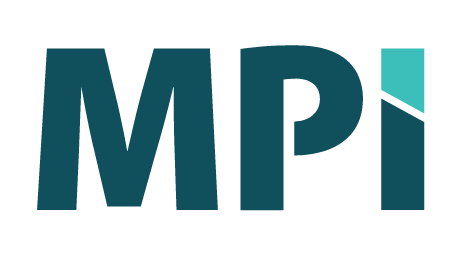At MPI, We Believe That Nine Key Factors Contribute To The Success Of Any Outbound Calling Program.
Product history is the ninth and final factor that we believe contributes to a successful outbound calling program. We’ve covered:
- List Quality and Quantity
- Message
- Nurture
- Sales Process
- ROI Requirements
- Title And Size of Companies
- Industry And Known Challenges
- Brand Identity and Awareness
The product history factor asks: What is the history of how this product or service has been presented and sold in the past?
Being aware of the methods your product or service has used to be sold in the past is a huge determining factor of what needs to happen to reach forecasted sales quotas. It could be that it’s been around a while and has been sold in a variety of ways but recently it’s not been generating anything new, or maybe it’s a brand-new product with a clean sales history slate to build from. Either way or anything in between isn’t necessarily positive or negative, but awareness of where you are in the process is key.
We see most of our clients fall into three different stages of their product history: This is the first time selling a particular product, the product has mostly been sold through referral and inbound leads, or the product has been sold through both inbound and outbound sales efforts. While any of these stages needs lead generation to build a sales pipeline, we’ll look at some of the advantages and disadvantages of each and how to work through some of the problems that come with it.
This is the First Time Selling a Particular Product of Service
It certainly is not a negative to have a brand new product or service that your company is selling. It shows you have started or grown out of a need in the marketplace. It’s great to have that awareness, but it’s just a different place and mindset to start in the sales process.
Predicting how a product or service will best sell can take a little trial and error to get rolling in the right direction. You need to have messaging that resonates, the right target market, the right decision maker, plus a variety of informational marketing materials to start structuring how a predictable closed sale will occur. When these things become aligned, the sales process can be established to generate results.
When a product or service is new, ongoing evaluation of messaging, marketing materials, sales methods, and where you’re seeing success, and where improvements can be made is critical. Sales is a very fluid process – no matter what your product or service history looks like. Selling under different economic conditions or against new competitors, let alone being brand new to the selling space, can change what approach sales teams take.
There’s no one-size-fits-all solution in sales, however it’s easy to create a general process by which you can start from. A combined inbound and outbound sales and marketing plan is critical to establishing your brand and product or service in the marketplace. Using what you know, develop your target market and titles along with messaging and marketing materials to get started. As your sales team gets “into the trenches” with customers, keep reviewing and updating until it’s in a spot that generates closed deals.
Sales Have Been Mostly Through Referrals and Inbound Efforts
While referrals and inbound sales can be enough to sustain a company, in order to truly drive growth, a company needs a solid outbound sales plan and new business leads. This looks different than inbound methods.
Lead generation and prospecting are part of outbound tactics. These tasks take time, but the leads that can be generated from these efforts are usually more qualified. Lead generation and prospecting involves finding and making sure your message gets to the right decision maker. It is laser-focused on finding and developing interest in your brand and product or service even when at surface value, the target may not be looking for it at the time. Cold-calling and cold-emailing is a huge part of outbound sales.
Inbound and referral marketing plans should still co-exist with outbound efforts. Things like email campaigns, experimenting with different target industries, and reviewing all of your marketing materials for these two campaigns will help keep your brand story consistent in order to convert leads using both methods.
Sales Have Been Both Through Inbound and Outbound Efforts
This is a great place to be. Finding a balance between inbound and outbound sales and learning more about the quality of lead that comes from each is invaluable. Leverage what you see in the results to adjust messaging, sales materials, and the target market as you need. Case studies can be a valuable resource for both efforts to help convert leads by showcasing your experience. An awareness of what is working and not working in your sales process is a big help to drive future growth.
Sales can be like looking into a crystal ball at times, but don’t get discouraged with the ever-changing landscape. It’s part of the fun and thrill of being in sales, right? With a combination of outbound and inbound sales strategies in place, you can establish yourself within your industry by effectively reaching those looking and even not looking for your product or service by spreading brand awareness. Your sales history directs the future of your company’s sales, but even with a need to build that history for a new product or service, if you’re knowledgeable about the steps and components of a successful sales process, you will be well on your way.
What does your sales history look like? Do you have any history? MPI has worked with all types of clients, from established companies to start-ups. We can help with your outbound sales strategy to build a robust sales pipeline filled with qualified buyers.




